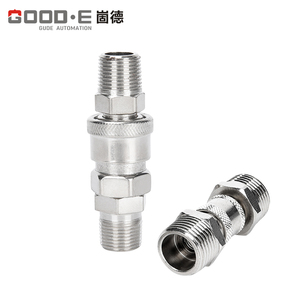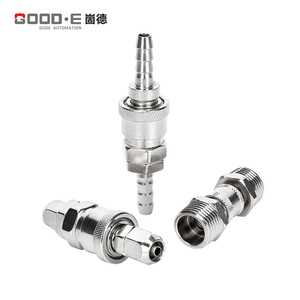Comprehensive Overview of John Deere Hydraulic Hose Fittings
John Deere hydraulic hose fittings play an essential role in the efficiency and reliability of hydraulic systems in agricultural and industrial machinery. These fittings are designed to connect hoses, tubes, and pipes in various applications, ensuring a secure and leak-free system. Understanding their importance, types, and features is crucial for users and technicians alike, as they impact the performance and longevity of your equipment.
Types of John Deere Hydraulic Hose Fittings
John Deere hydraulic hose fittings come in various styles and configurations to suit different requirements and applications. Here are some common types:
- Male and Female Fittings: These fittings are designed to connect hoses of different sizes and kinds, allowing seamless integration into hydraulic systems.
- Swivel Fittings: Ideal for installations where the connection needs to turn without the risk of twisting the hoses, thus enhancing flexibility and comfort.
- Barbed Fittings: A popular choice for hose-to-hose connections, these fittings ensure a tight grip on the hose, preventing leaks.
- NPT Fittings: National Pipe Taper (NPT) fittings are designed for threaded connections, providing a robust and leak-proof interface.
Features and Function of John Deere Hydraulic Hose Fittings
Understanding the features and functions of John Deere hydraulic hose fittings is paramount to ensuring operational efficiency. Here are notable features:
- Durability: Made of high-grade materials such as steel or stainless steel, these fittings are engineered to withstand high pressures and harsh environmental conditions.
- Corrosion Resistance: Many John Deere hydraulic hose fittings come with protective coatings that resist rust and corrosion, extending their lifespan.
- Easy Installation: Designed for straightforward assembly, these fittings often do not require special tools for installation, making maintenance and replacement simple and efficient.
- Precision Engineering: Engineered dimensions ensure that the fittings achieve perfect seals, minimizing leaks and ensuring optimal hydraulic performance.
How to Choose John Deere Hydraulic Hose Fittings
Selecting the right hydraulic hose fittings can significantly impact the performance of your hydraulic system. Here are some considerations to keep in mind:
- Application Requirements: Analyze the specific application of your machinery to determine the type of fitting needed based on pressure, fluid type, and environmental conditions.
- Compatibility: Ensure that the hose fittings are compatible with existing hoses and equipment within your hydraulic system.
- Size and Dimensions: Measure the inner and outer diameters of hoses accurately to choose fittings that will create a secure connection without any leakage.
- Material Selection: Select fittings made from materials that can withstand the operational demands of the application, such as temperature extremes and corrosive fluids.
Advantages of Using John Deere Hydraulic Hose Fittings
Investing in high-quality John Deere hydraulic hose fittings offers numerous advantages that enhance the functionality of hydraulic systems:
- Enhanced Performance: With superior sealing capabilities, these fittings help maintain optimal pressure, ensuring smooth operation.
- Reduced Downtime: Their durable design minimizes wear and tear, reducing the frequency of maintenance and replacement.
- Cost-Effectiveness: Although a premium price point may exist, the longevity and performance efficiency mitigate the costs over time, offering greater return on investment.
- Versatility: Suitable for a wide range of applications from agricultural machinery to heavy construction equipment, these fittings offer flexible solutions regardless of industrial sector.





















































